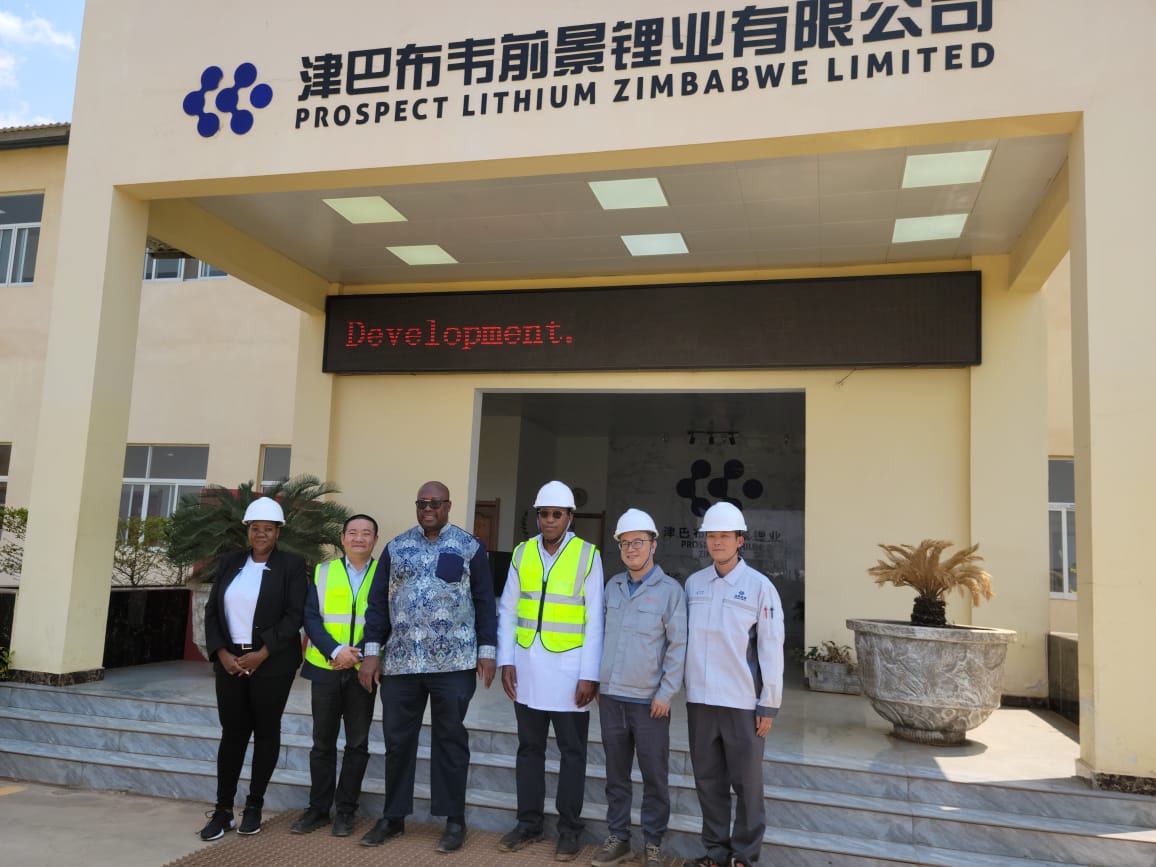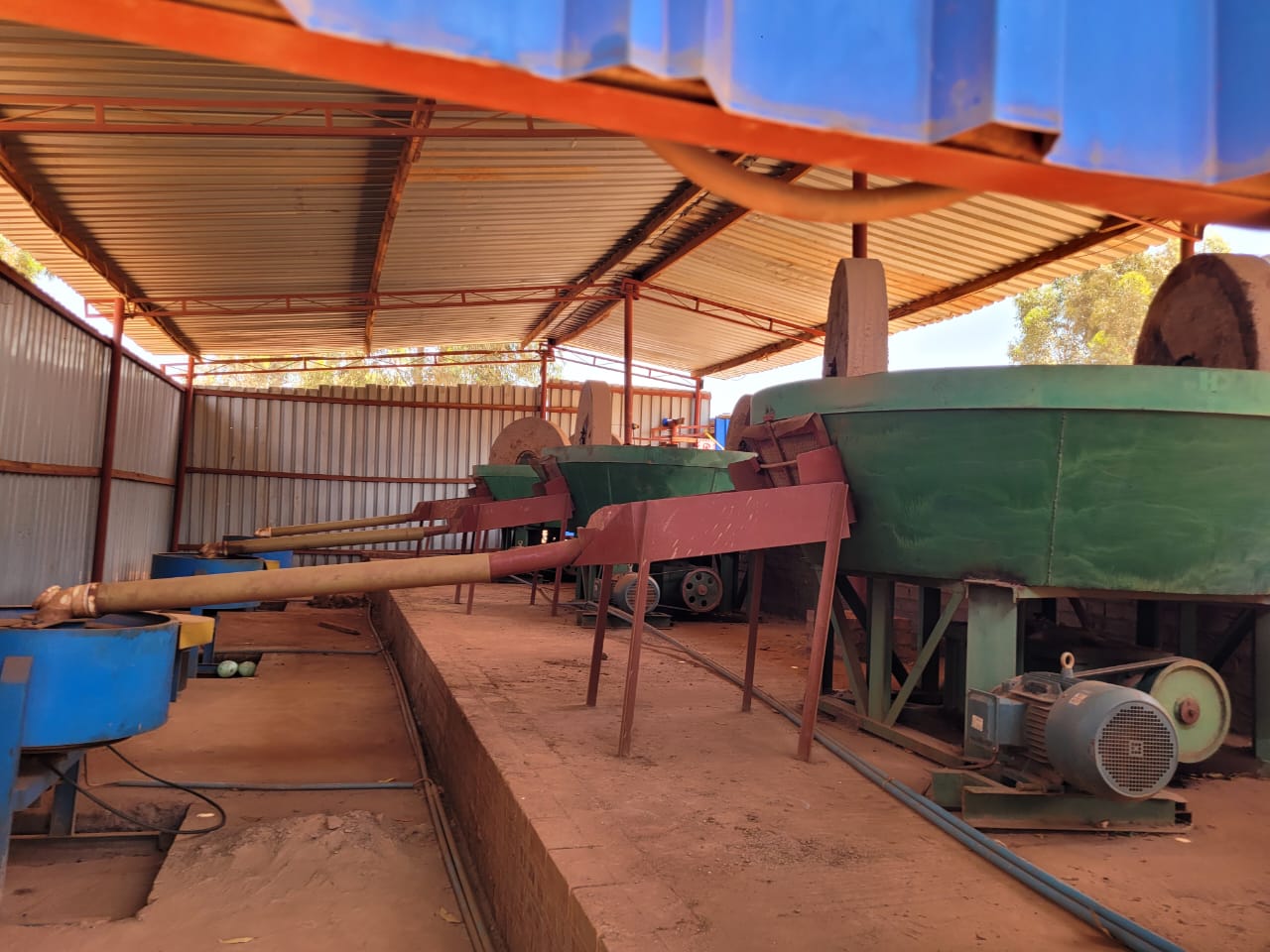By Brenda Mazhambe
Zimbabwe is set to commence production of lithium sulphate by early 2026, marking a major milestone in the country’s mineral beneficiation efforts and advancing the realisation of Vision 2030.
This was revealed by the Minister of Mines and Mining Development, Hon. Winston Chitando, during a high-level visit to Prospect Lithium Zimbabwe (PLZ), where he toured ongoing works at the Arcadia Mine site.
Speaking during the visit, Minister Chitando described the lithium sulphate project as the next step in the value chain.
“What we see behind us here — the lithium sulphate plant — represents the next step in the value chain. This plant will take the process further, moving from concentrate to sulphate. Lithium sulphate is a direct input in battery manufacturing,” he explained.
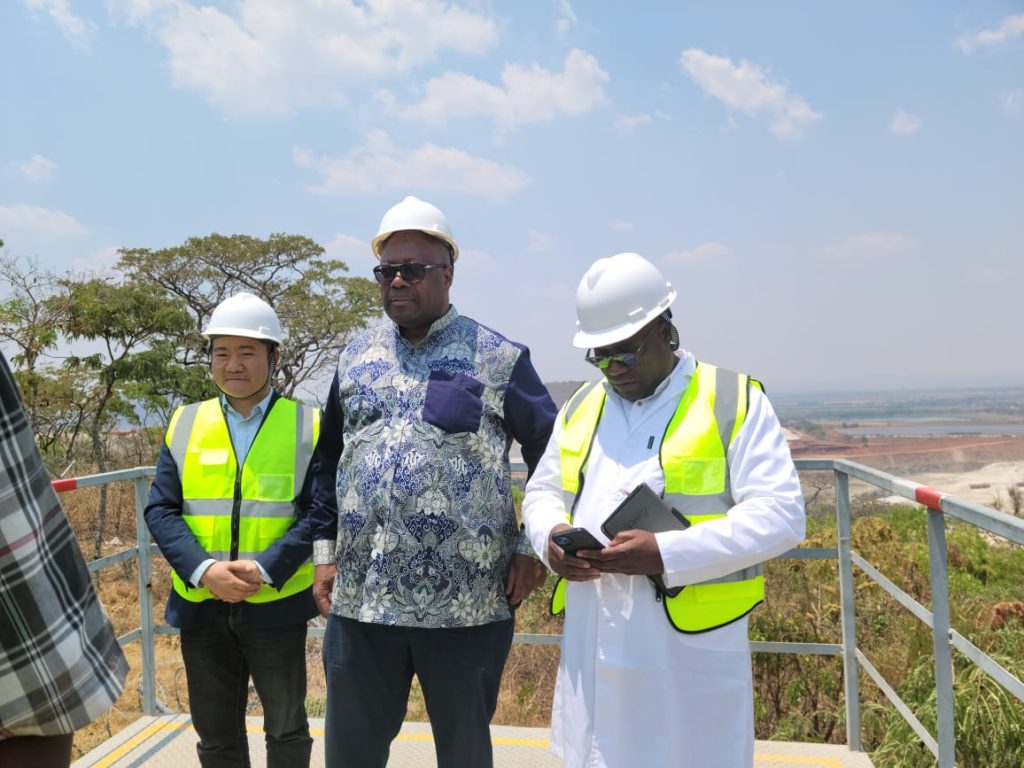
The project, which commenced at the beginning of 2025, is being implemented in three phases, each with a 500,000-tonne input capacity. The first production line is expected to be operational by early 2026, with the remaining two phases scheduled for completion by April 2026.
Once fully operational, the Arcadia project will position Zimbabwe as a major producer of lithium sulphate — a critical material in the global clean energy and electric vehicle industries.
The completion of the lithium sulphate plant will also mark Zimbabwe’s entry into the global lithium value chain, a development expected to create jobs, boost exports, and strengthen the country’s role in the clean energy revolution.
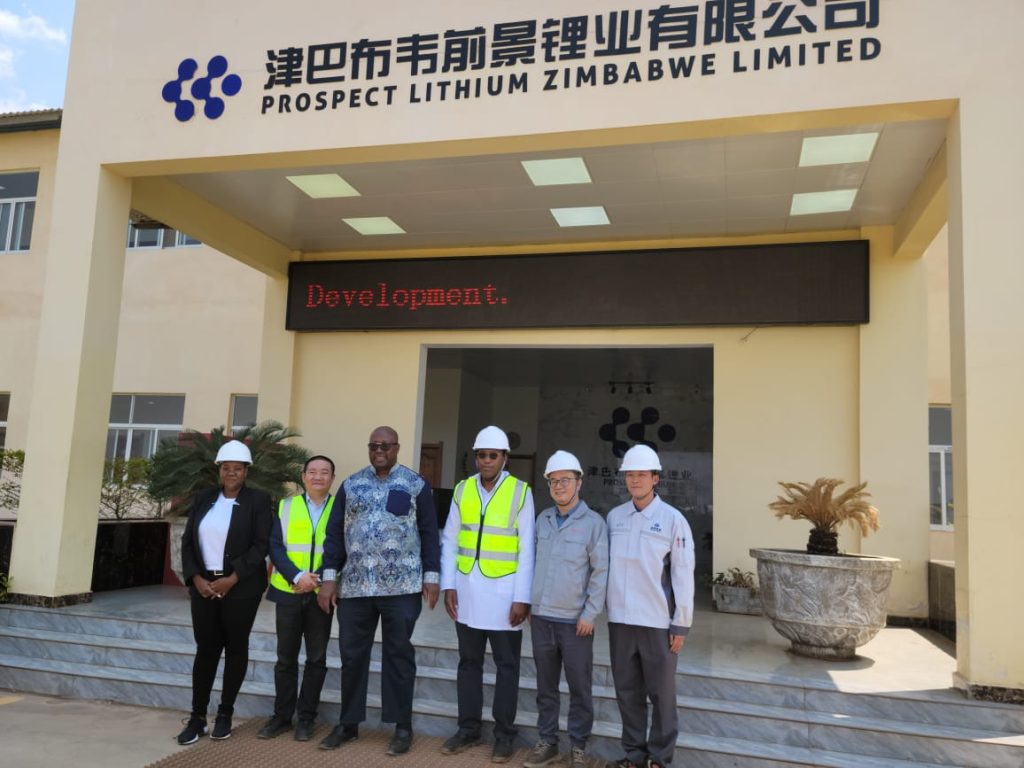
Minister Chitando explained that the entire lifecycle of the project — from exploration to construction and value addition — has been carried out under the Second Republic, reflecting the government’s commitment to creating a conducive environment for both local and foreign investors.
The Arcadia Mine, operated by Prospect Lithium Zimbabwe, currently processes 3.6 million tonnes per annum of run-of-mine ore, producing spodumene and petalite. While spodumene is exported in concentrate form, petalite has been stockpiled due to depressed global prices.
“You may have noticed the huge stockpiles of petalite at the site,” said the Minister. “Even though spodumene is being sold, its market value also remains subdued.”
Minister Chitando further praised presidential policies that support investment, emphasizing that the mine’s development is a clear demonstration of the Second Republic’s investment policies at work.
“Just to put things in context — this mine here is a direct product of the ‘Zimbabwe is Open for Business’ mantra. It is also a major step toward the achievement of Vision 2030,” he said.
“When His Excellency came for the groundbreaking ceremony, he challenged the investor to go all the way in terms of value addition — and I must say, the investor has done us proud,” said Chitando.
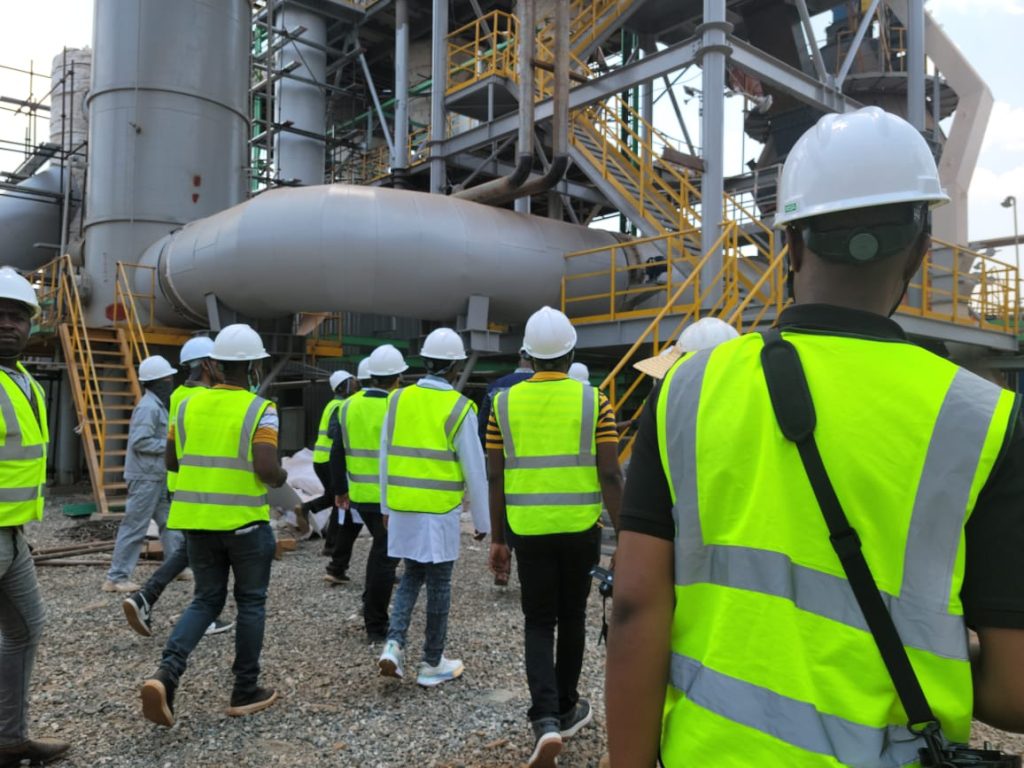
“All this has been made possible thanks to the visionary leadership of His Excellency and his ‘Zimbabwe is Open for Business’ policy, which continues to attract investment, foster growth, and position our nation for industrial transformation.”
A 70-megawatt power plant is also under construction to support both the mine and the new processing facilities, ensuring a stable electricity supply for industrial operations.
The development marks a significant milestone in Zimbabwe’s strategy to industrialise the mining sector under the Vision 2030 agenda. It aligns with the government’s plan to ban the export of raw lithium by 2027 and promote domestic processing to maximise earnings and job creation.
Zimbabwe holds an estimated 11 million tonnes of lithium reserves, making it Africa’s largest producer and the sixth largest globally. With global lithium demand projected by the International Energy Agency (IEA) to quadruple by 2030, the country’s new investments in processing capacity are expected to strengthen its position in the international battery supply chain.

